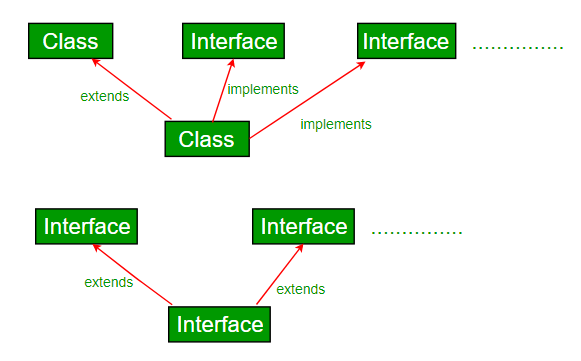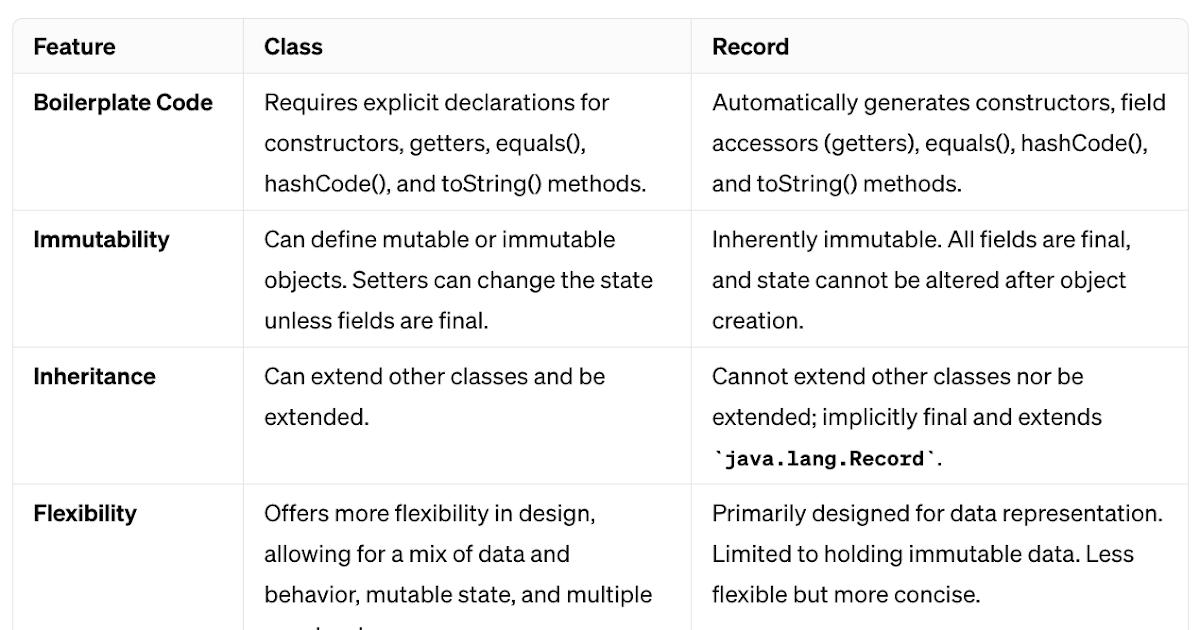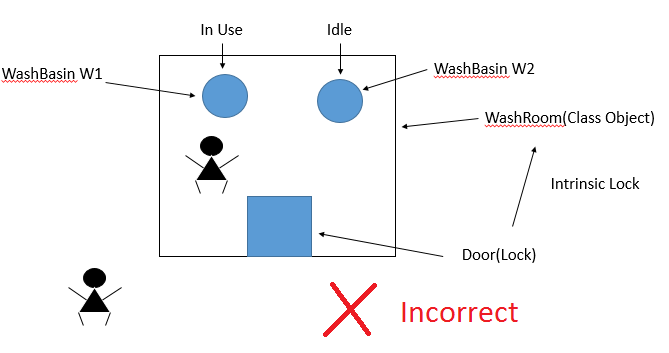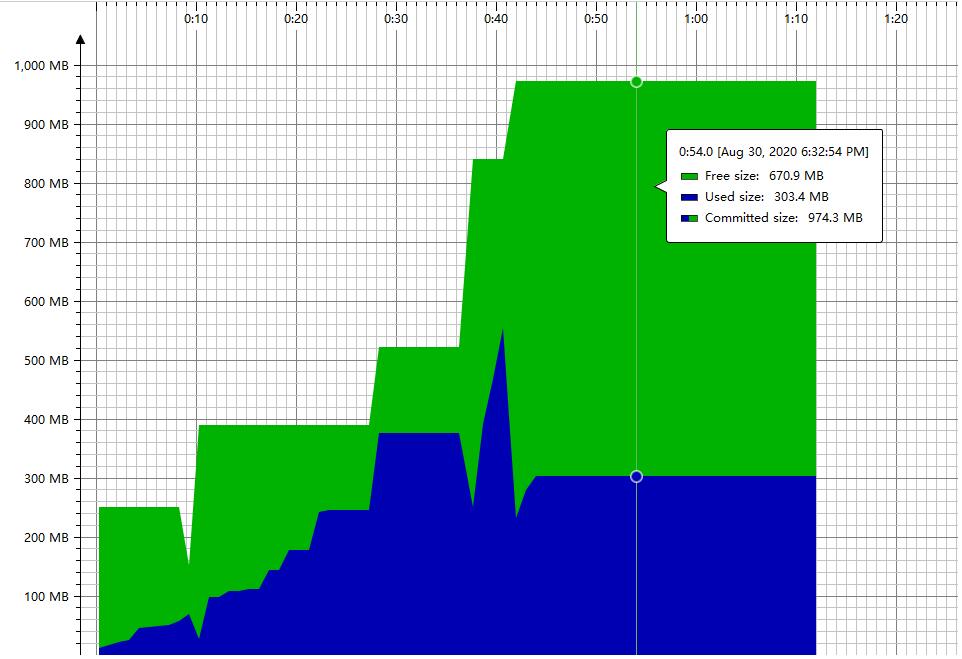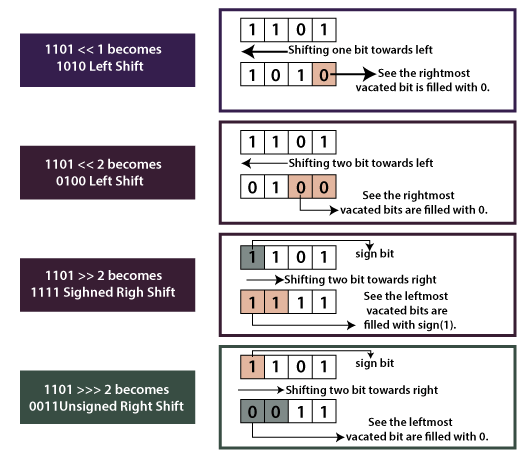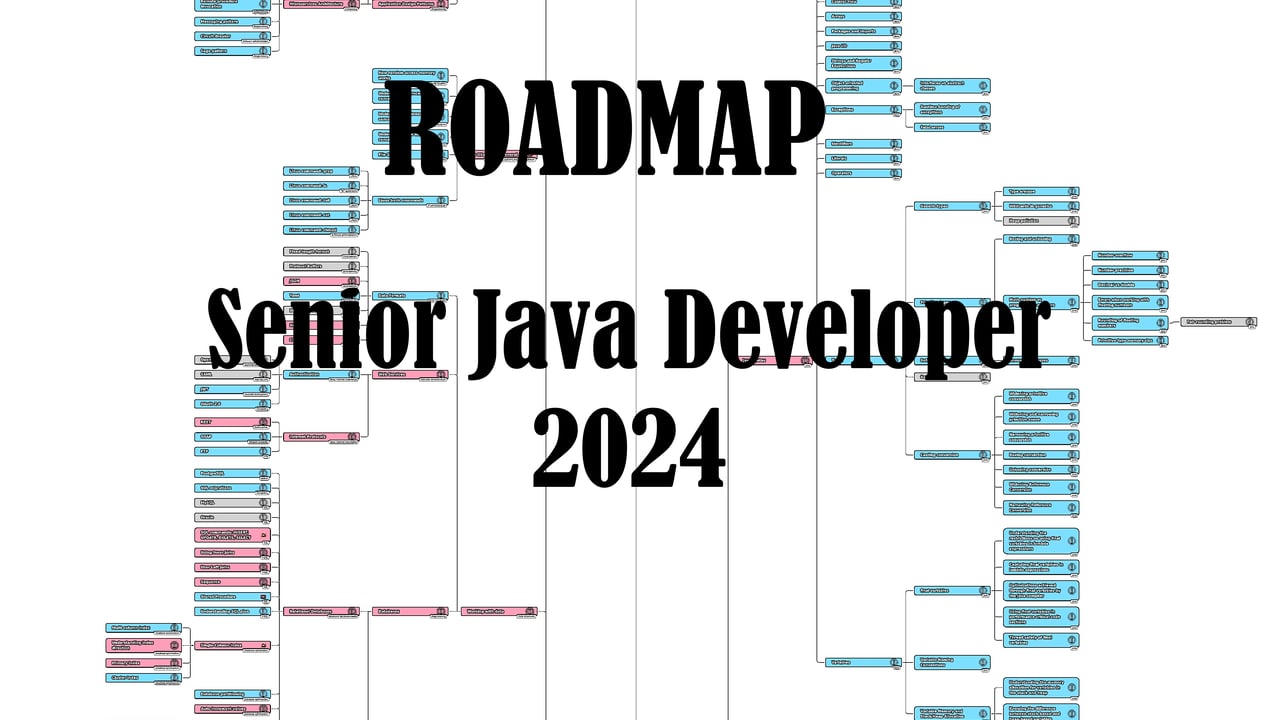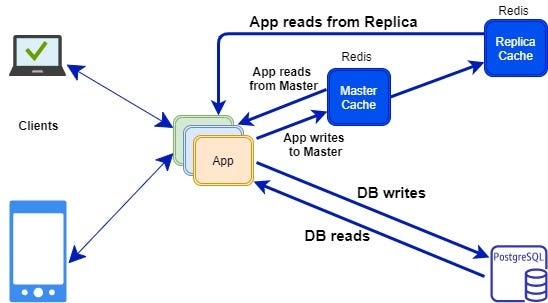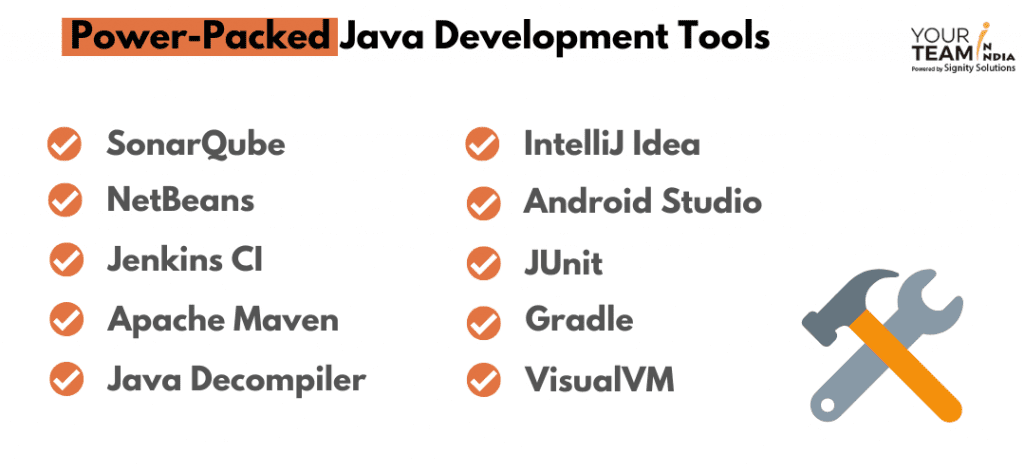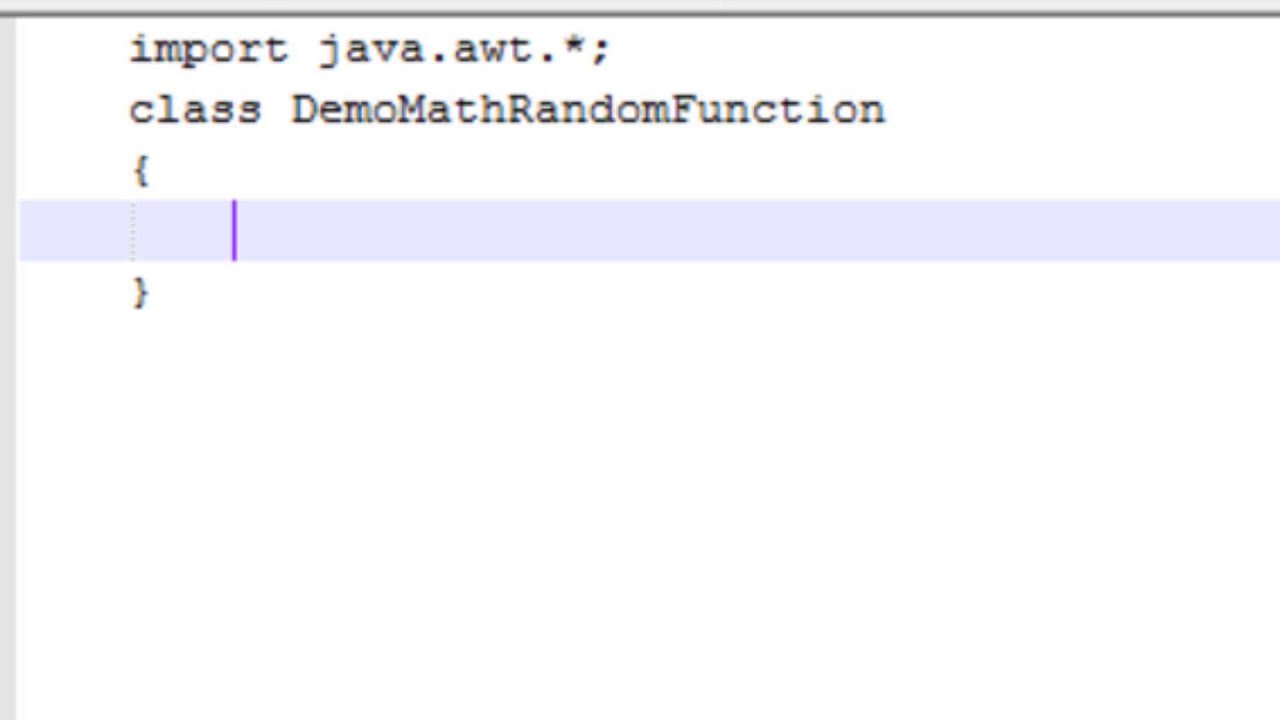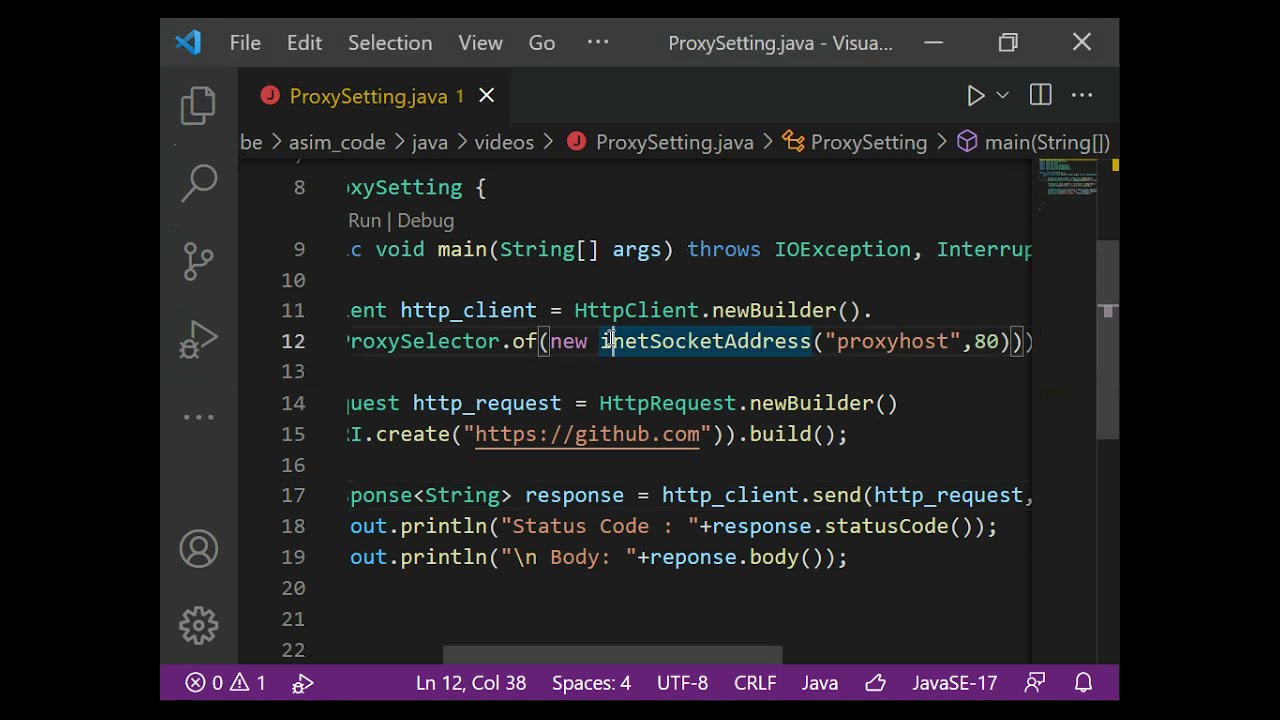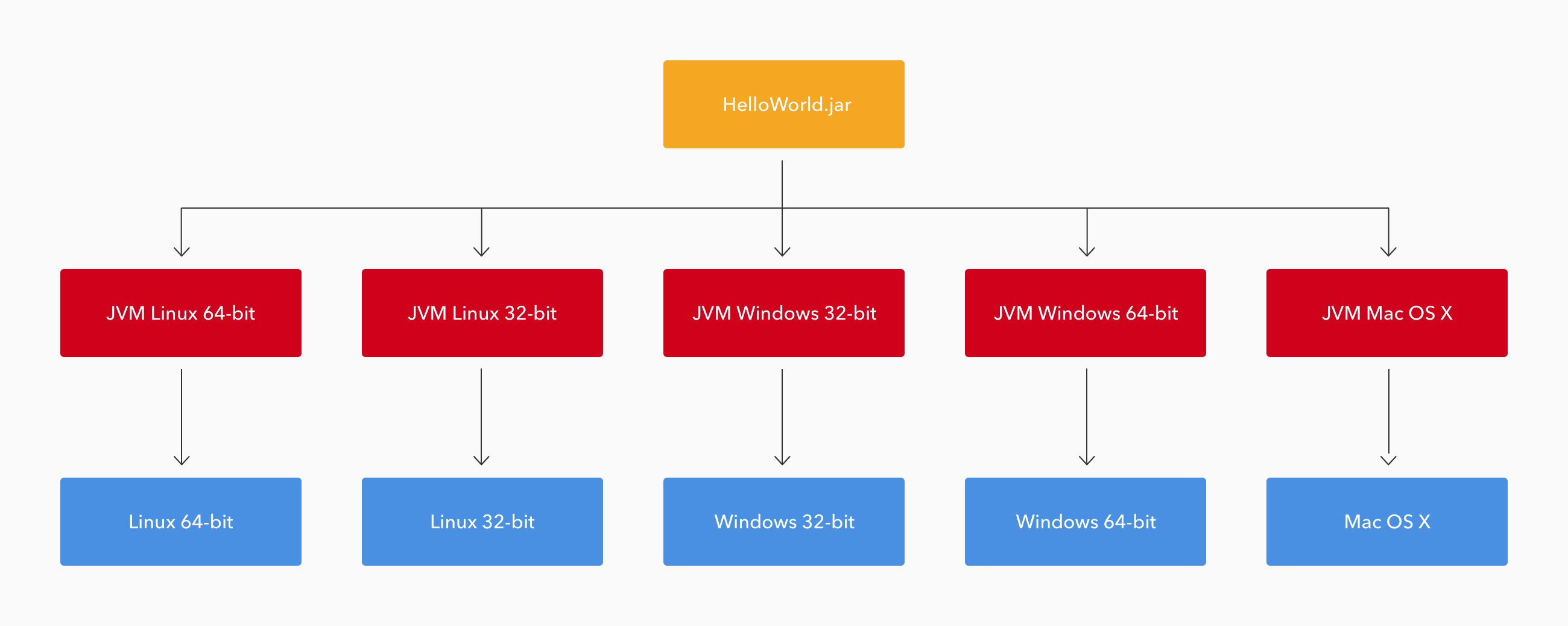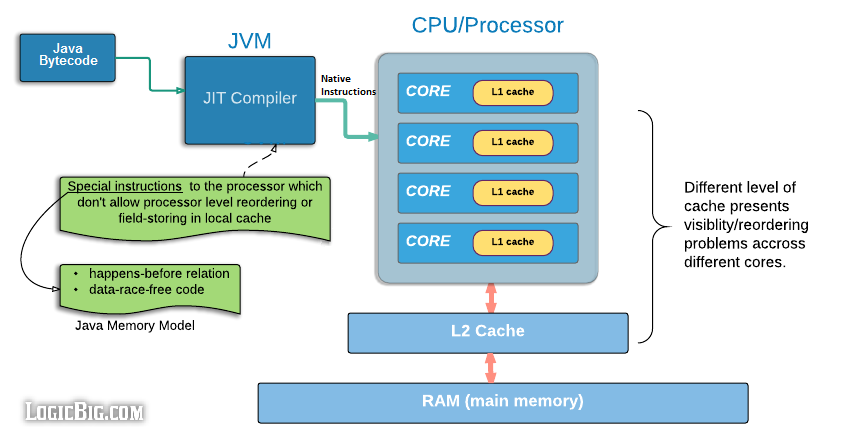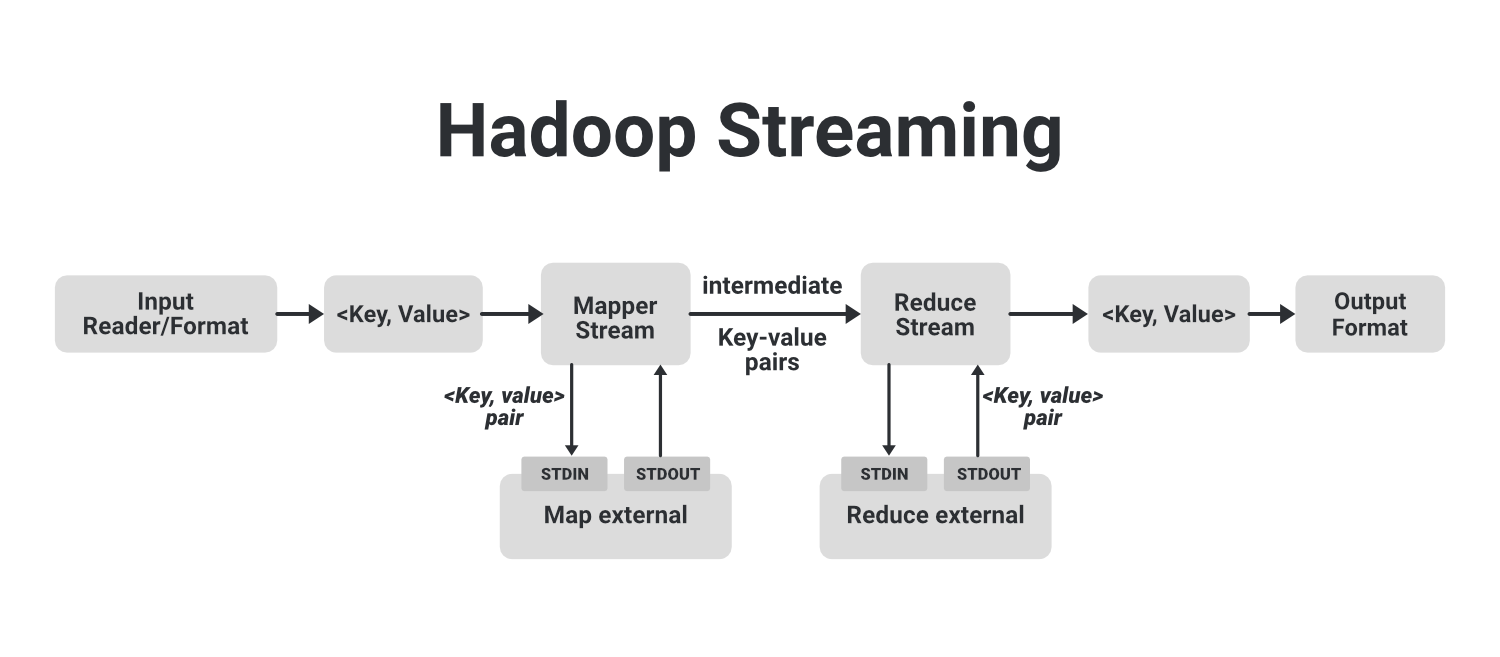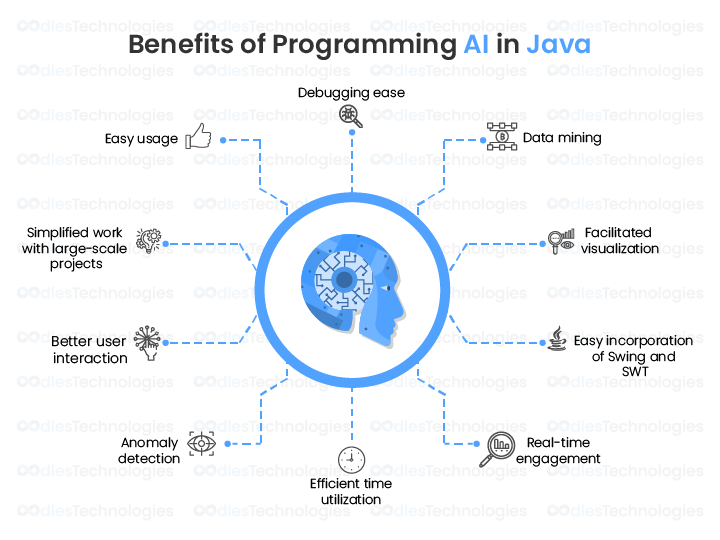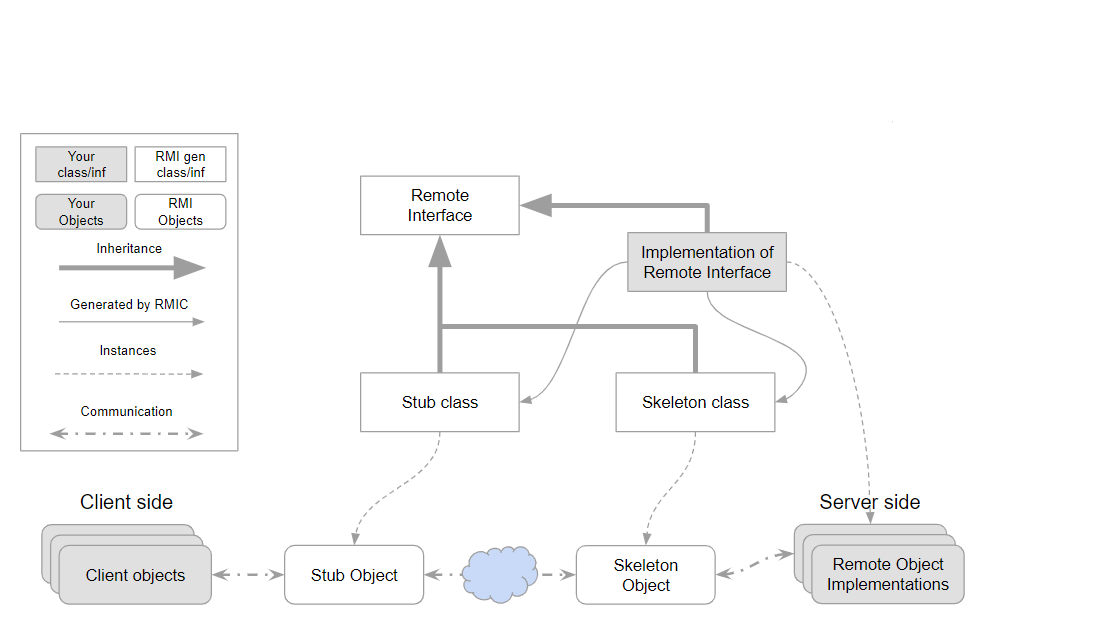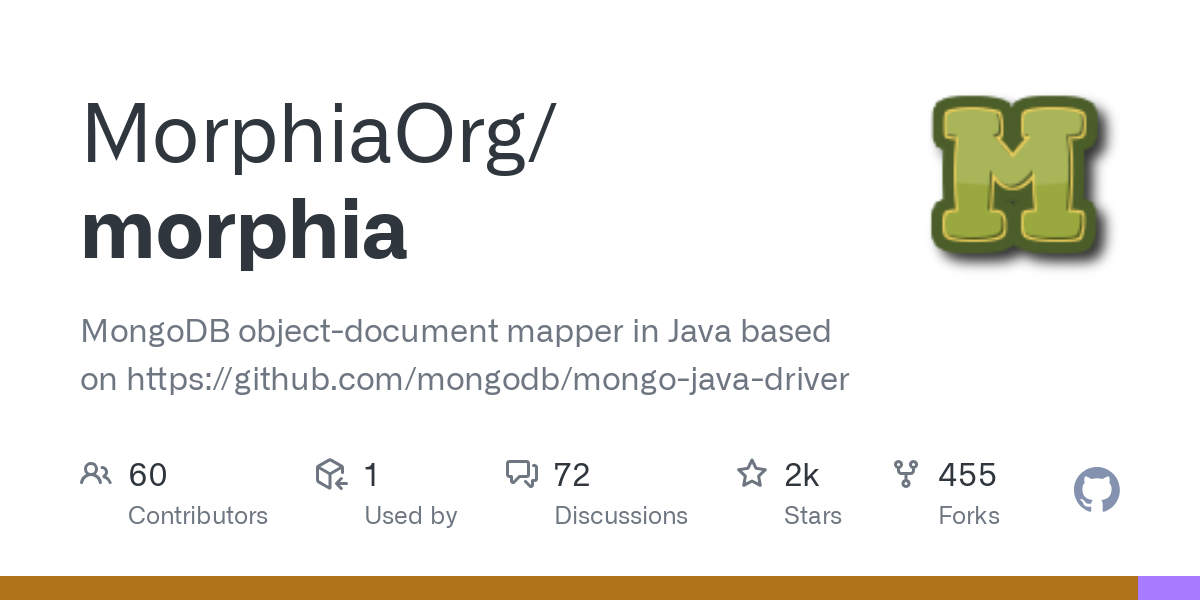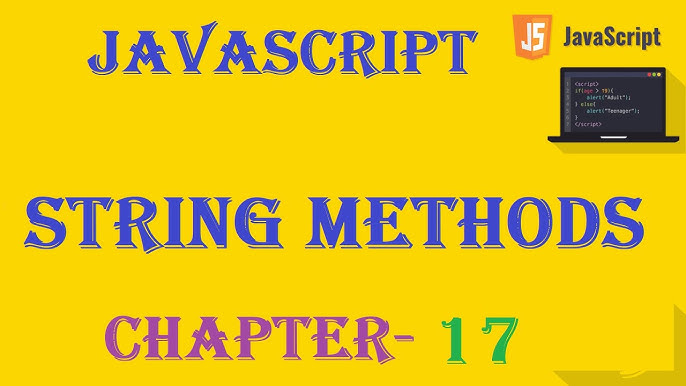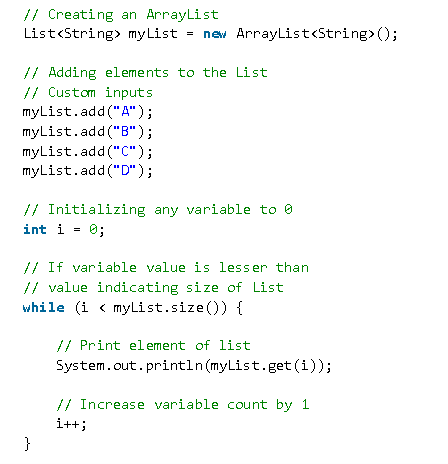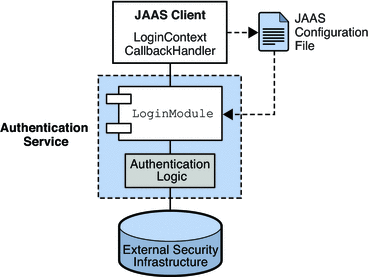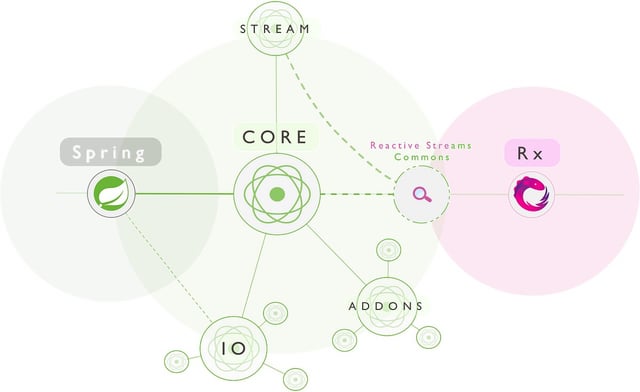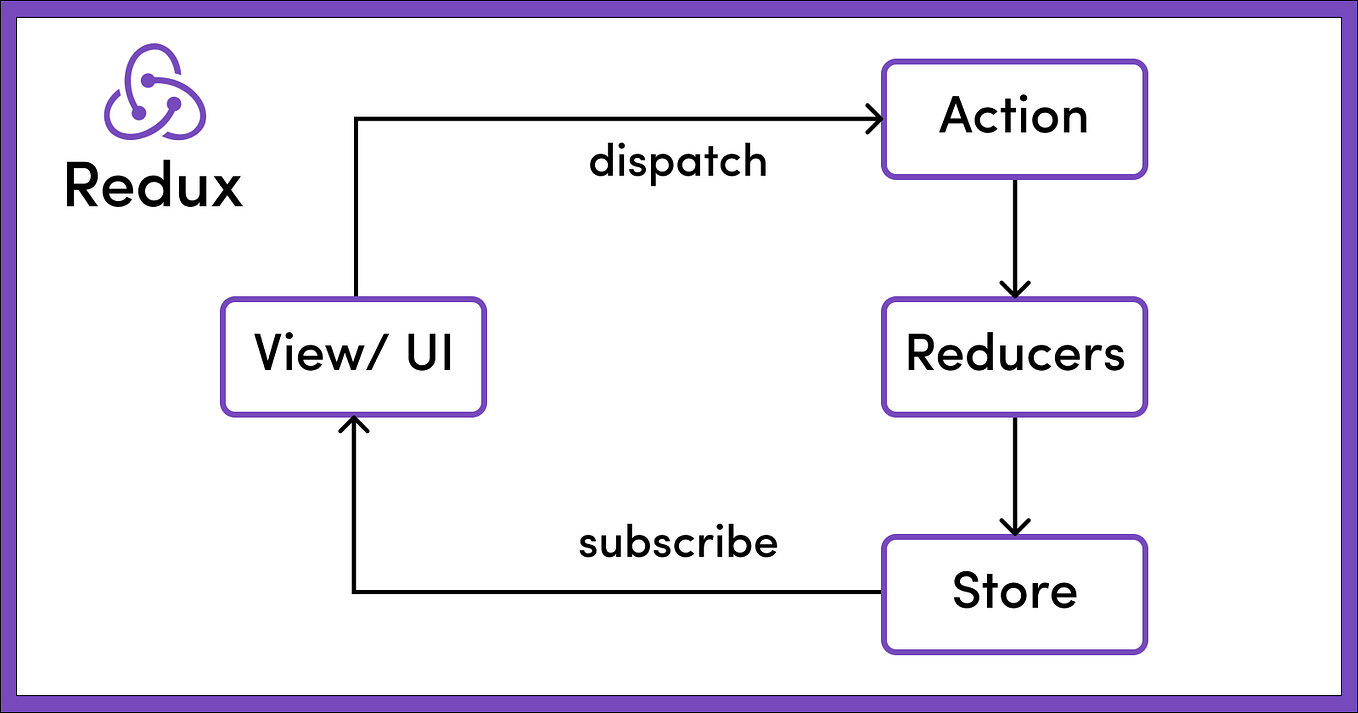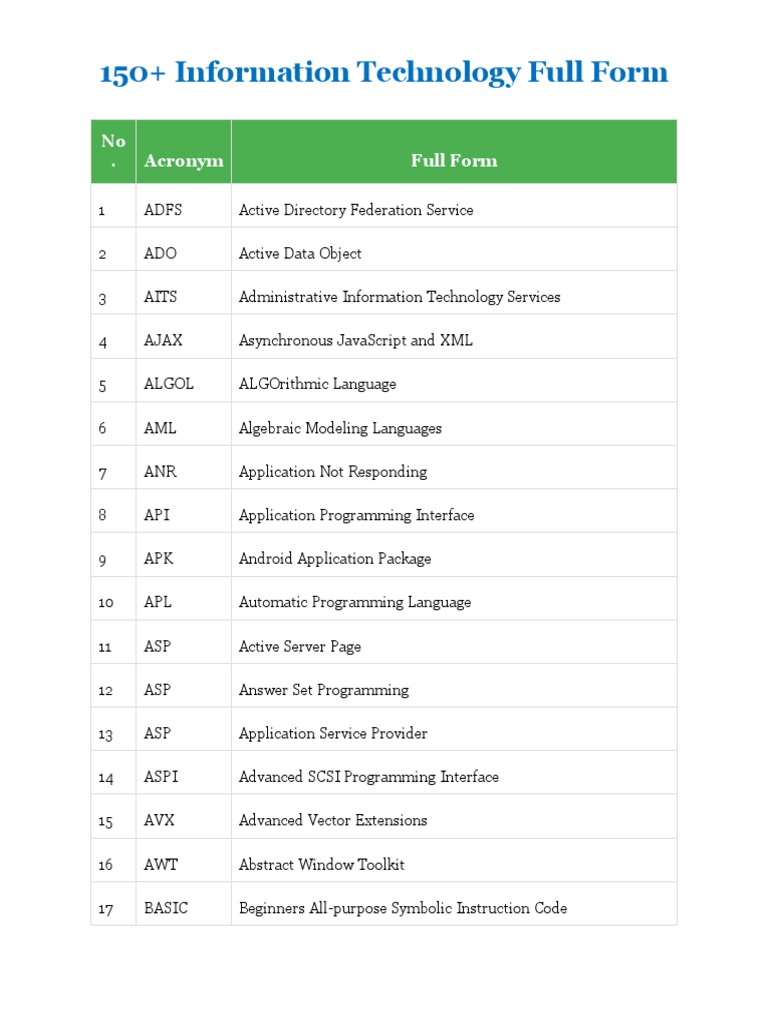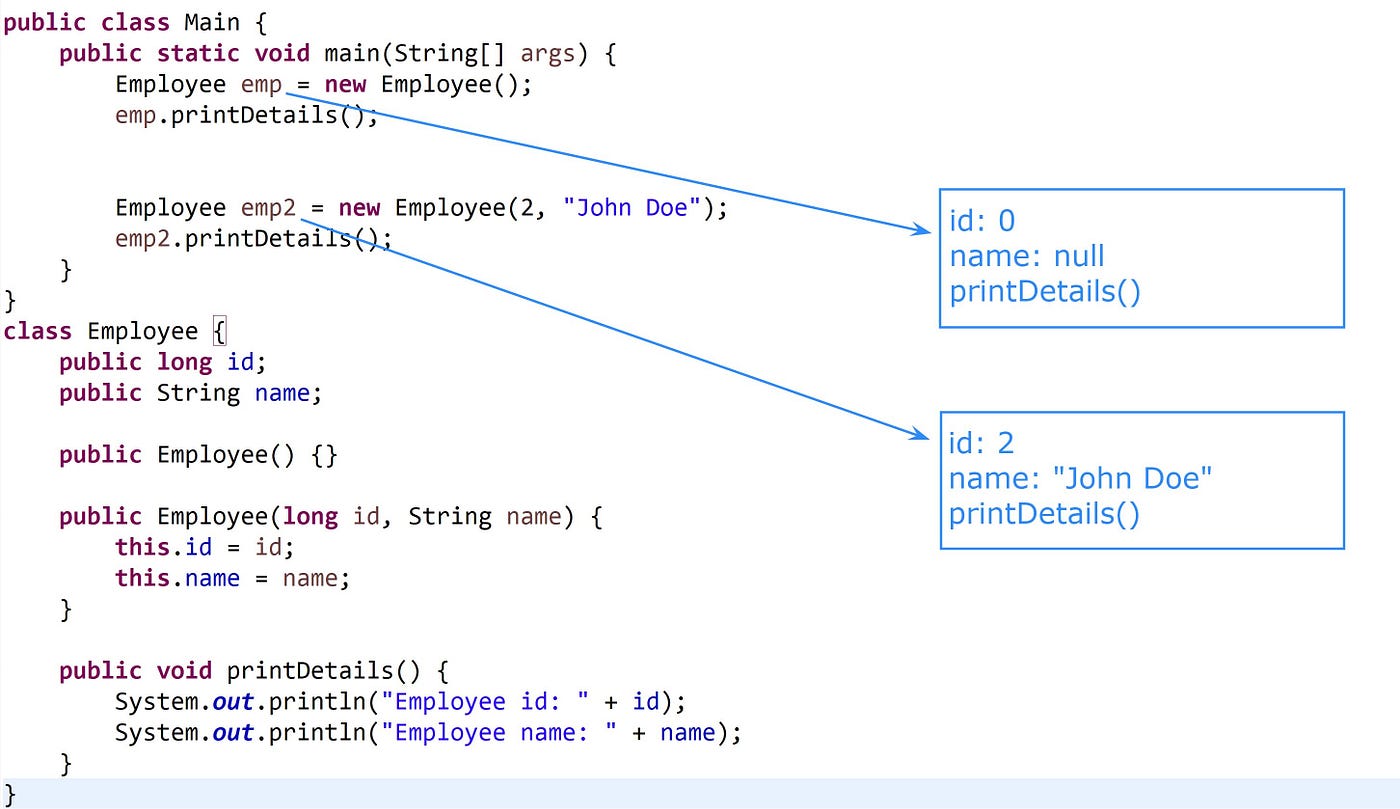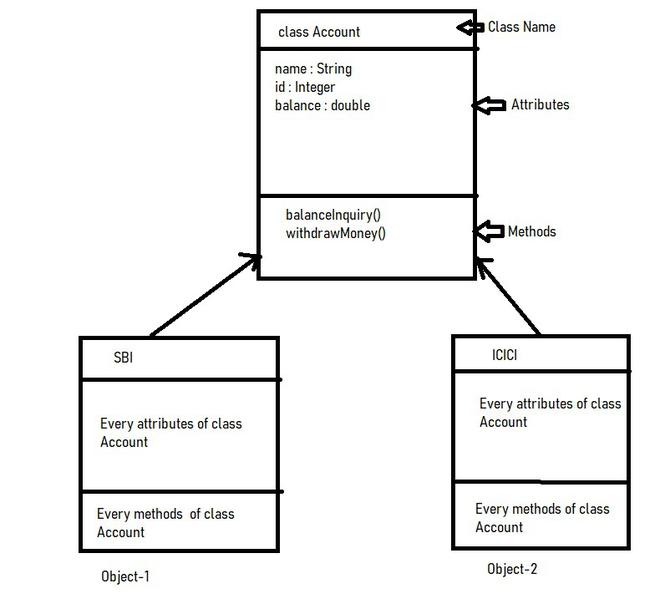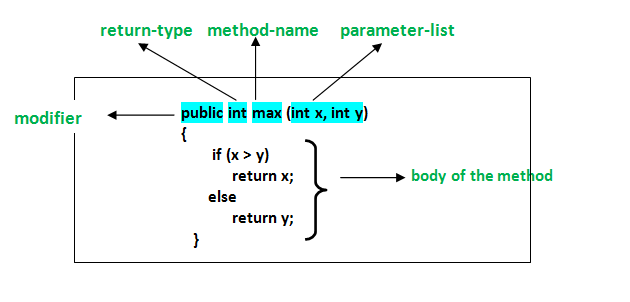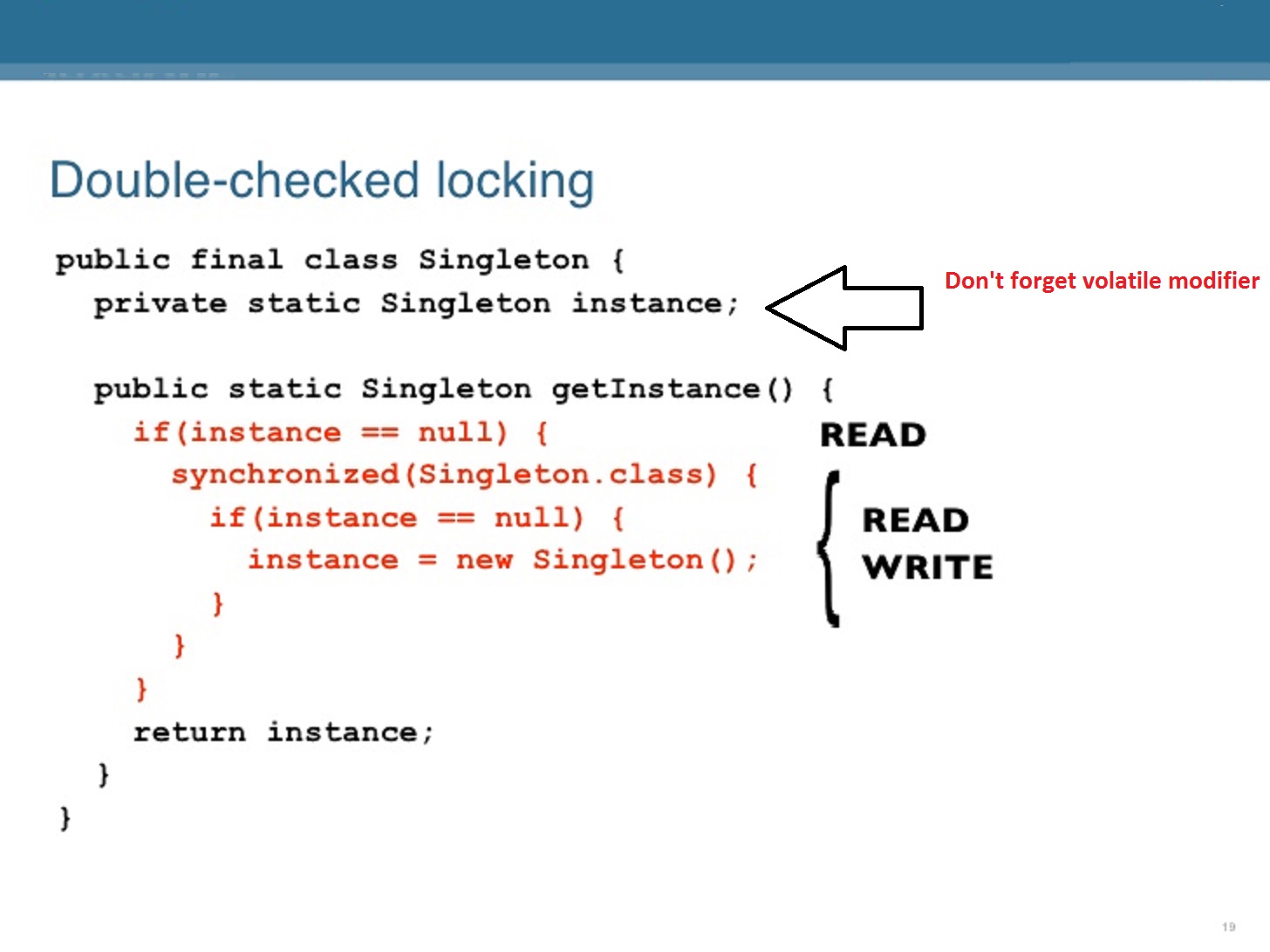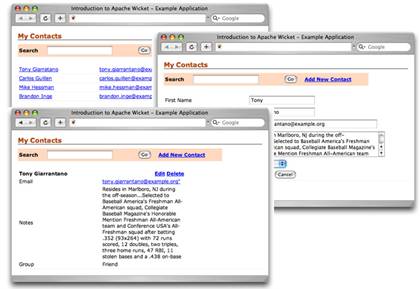How to create a MongoDB collection in Java?
How to create a MongoDB collection in Java?
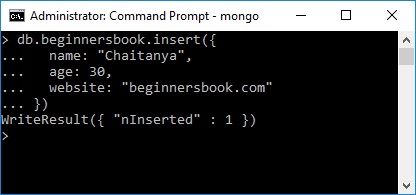
To create a MongoDB collection in Java, you can use the official MongoDB Java driver, which is available for download on the MongoDB website. Here are the steps to follow:
Step 1: Add the MongoDB Java Driver to Your Project
To get started with the MongoDB Java driver, you'll need to add it as a dependency in your project's build file (e.g., Maven or Gradle). For example, if you're using Maven, add the following dependency to your pom.xml file:
org.mongodb
mongo-java-driver
3.12.7
Step 2: Connect to MongoDB
Next, you'll need to establish a connection to your MongoDB instance using the Java driver. You can do this by creating an instance of the MongoClient class and passing in the URL of your MongoDB instance:
MongoClient client = new MongoClient("mongodb://localhost:27017/"); // Replace with your MongoDB instance URL
Step 3: Create a Database
Before you can create a collection, you need to ensure that the database exists. You can create a database using the following code:
DB db = client.getDB("mydatabase"); // Replace with your database name
Step 4: Create a Collection
Now it's time to create the collection itself! Use the createCollection method of the DBCollection class to create a new collection:
DBCollection coll = db.createCollection("mycollection"); // Replace with your desired collection name
Here's some sample code that demonstrates how to create a MongoDB collection in Java:
import com.mongodb.MongoClient;
import com.mongodb.DB;
import com.mongodb.DBCollection;
public class CreateMongoCollection {
public static void main(String[] args) {
MongoClient client = new MongoClient("mongodb://localhost:27017/"); // Replace with your MongoDB instance URL
DB db = client.getDB("mydatabase"); // Replace with your database name
DBCollection coll = db.createCollection("mycollection"); // Replace with your desired collection name
System.out.println("Collection created successfully!");
}
}
Note: Make sure to replace the placeholders (localhost:27017, mydatabase, and mycollection) with your actual MongoDB instance URL, database name, and collection name.
Is MongoDB written in Java?
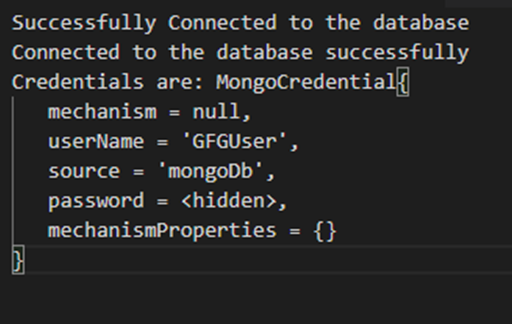
I'm happy to help you with your question!
MongoDB is a NoSQL database that uses a unique architecture and has its own query language, called MongoDB Query Language (MQL). While MongoDB's core storage engine is built on top of C++ code, the majority of its functionality is implemented in C.
To clarify, MongoDB is not written entirely in Java. In fact, Java is only used for a few specific purposes within MongoDB:
Driver and Shell: The official MongoDB Java Driver allows developers to interact with MongoDB from their Java applications. This driver provides a rich set of classes that make it easy to perform CRUD (Create, Read, Update, Delete) operations on MongoDB documents. MongoDB Shell: The MongoDB shell is an interactive command-line interface for managing and querying your MongoDB databases. The MongoDB shell is implemented in Java, which means you can run commands likemongo from your terminal or command prompt to interact with your MongoDB instances.
However, the core database engine, storage engine, and query processing are written primarily in C++. This allows MongoDB to take advantage of the performance benefits offered by a native implementation. Additionally, the use of C++ enables MongoDB to leverage the vast array of existing libraries and tools available for working with large amounts of data.
The rest of MongoDB's functionality is implemented using various programming languages, including:
JavaScript: The MongoDB query language, MQL, is written in JavaScript. This allows developers to write complex queries using a syntax that's similar to JSON. Python: The Python driver for MongoDB provides a simple and intuitive interface for interacting with your MongoDB databases from within Python applications.In summary, while Java does play a role in the development of MongoDB, it is not the primary language used for building the database itself. C++ remains the foundation upon which MongoDB's core functionality rests.

